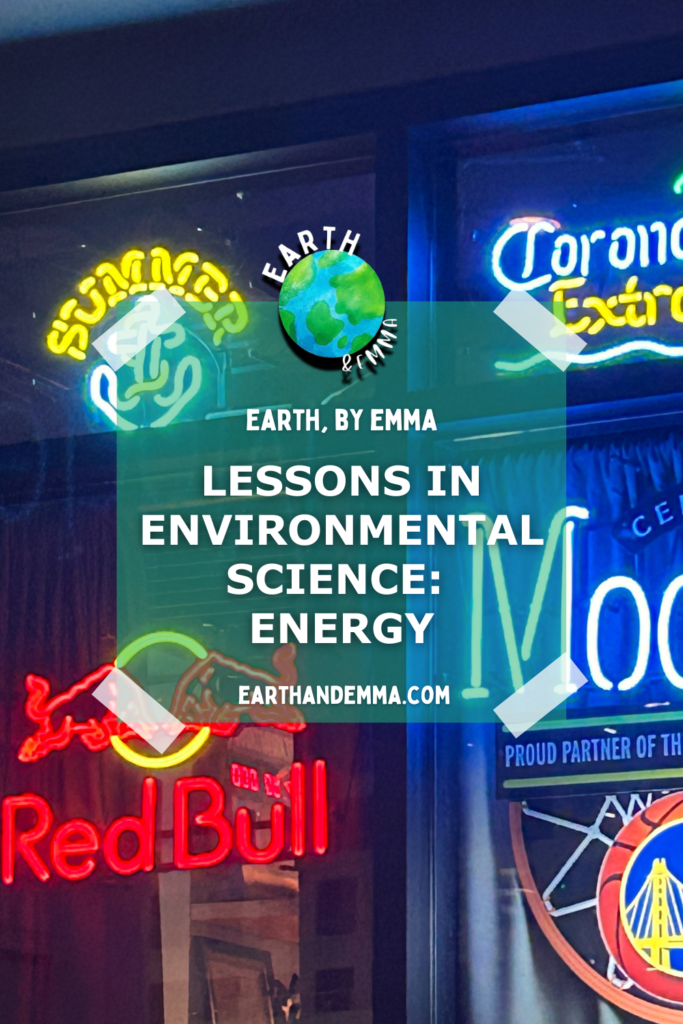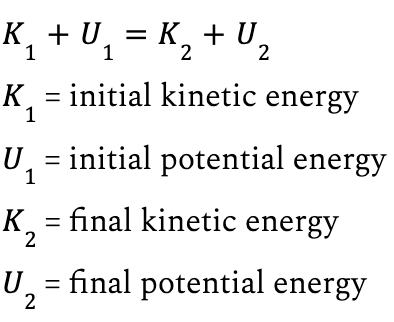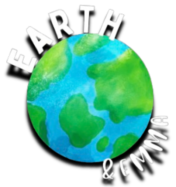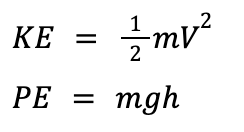
Welcome back to “Earth, by Emma.” Today’s lesson is on Energy. Each lesson breaks down complicated topics in environmental science into easy-to-understand pieces. Most STEM words you’ll come across have a link to their definition, but if I missed one or you find a word you don’t know, open a tab and look it up! Everyone has the right to an education, and “Earth, by Emma,” is striving to make an environmental education possible for everyone with access to the internet. Here’s to lifelong learning!
“Earth, by Emma” Lesson 1: Energy
- What is Energy?
- What is Energy Used For?
- The Big 6
- An Energy State of Mind, or Two
- Energy’s Birthday
- The Law of Conservation of Energy
- The Sun
- Transformers
Have you seen Transformers? It’s a cool movie. A bunch of pretty people are friends with this mechanical species called Transformers, and these Transformers ~transform~ from cars or trucks or buses into mega robots and back again. The plot isn’t really important here, but the idea of changing from one thing to another is. Energy is a transformer, and today’s lesson is all about energy.
What is Energy?

Energy is both the ability to do work and the power used to it. In order to do anything in life, you need some sort of power to make it happen, and so in order to do anything in life, you need energy.
What is Energy Used For?

Energy allows us to move and maintain our bodies, and it also powers our cars, homes, and spaceships; we use energy in everything we do! All of the energy that the human body gets comes from the food we eat, which is why nutritious food is essential for a healthy body. All of this energy has to come from somewhere, and not all energy can be used for the same purpose. For example, our bodies get energy from food but our lightbulbs get energy from electrical currents. Though we cannot see it, energy is one of the most fascinating phenomena in our world, and with the help of science, we know you don’t always need to see to believe.
The Big 6

Energy can appear in six forms: chemical, electrical, light, mechanical, thermal, and nuclear. These forms can be further specified into even more types, but for now, these six do the trick.
- Chemical energy → stored energy in chemical bonds
- Nuclear energy → stored energy released when nuclei atoms split
- Thermal energy → energy of rapidly moving molecules
- Electrical energy → energy of moving electrons
- Light energy → energy of light waves
- Mechanical energy → energy of a moving object
If you noticed that the first two energies involve stored energy and the others involve some sort of movement, that is because all forms of energy exist in two different states: kinetic and potential.
An Energy State of Mind, or Two

Kinetic energy (KE) is energy in a state of motion, and potential energy (PE) is energy in a state of storage. Energy always exists in one of these two states. As the ability or power to do work, energy can either be waiting to work or actually working. This image above does a good job of illustrating how some of the Big 6 forms of energy fall under either potential or kinetic.
Here’s an example of how potential and kinetic energies work together. The energy in a battery is chemical potential energy. If you put a battery into a flashlight and turn it on, the flashlight converts the chemical potential energy to the electrical kinetic energy. This electrical energy is further converted and released through the light bulb as light and heat energy. Energy is capable of endless conversions, changes, and transformations, and you can have some fun discovering different scenarios like this flashlight example.
Energy’s Birthday

BANG. To cut to the chase, all the energy we use today was created at the start of the universe, the Big Bang, and will continue to be the energy we use for the rest of time. What we have is what we’ve got. Energy has been recycling itself over and over for the past almost 13.8 billion years. Talk about a sustainable poster child for a “leave no trace” campaign. If all the energy we have access to now was created 14 billion years ago, how are we able to keep using it without losing it? Well, a discovery from a very famous physicist explains that one.
The Law of Conservation of Energy
“Where did you come from, where did you go? Where did you come from, [energy]?” – Rednex


Albert Einstein was the one who discovered the law of conservation of energy: energy cannot be created or destroyed. A law in science is demonstrated by a math equation, which, in this case, is written above. You can see that the variables are equal on both sides of the equation, with no additions and no subtractions. We don’t have to worry about where our energy is going because it doesn’t have an expiration date. This recycling of energy idea brings us back to how this lesson kicked off… but first, sun more lesson.
The Sun

All life on Earth is possible because of the sun’s energy; its light is a direct ingredient for photosynthesis, and its presence contributes to many of Earth’s processes that operate daily. Even more so, you can trace every form of energy to sourcing from the sun. Though all of the sun’s contributions are important, photosynthesis is its main claim to fame because it is responsible for producing food for all levels of the food chain: if the sun were to disappear, there would be no food, and life on Earth would not be able to continue. If you’re grateful enough to see the sun today, give it a little smile and let it know how much you love and appreciate it.
However, just because the sun makes amazing things happen with its energy doesn’t mean it is creating energy. The heat and light that come from the sun are an act of nuclear fusion inside the sun (potential energy), which produces heat and light. Producing makes something that already exists while creating brings something into existence. There are no exceptions to the law of conservation of energy.
Transformers
“Autobots… roll out!” – A Transformer

If you haven’t seen the movie between now and when you started this lesson, Transformers are robots that are able to transform into auto bodies and back into robots an unlimited amount of times without losing parts, and so can energy… just a little bit differently. We now know that the law of conservation of energy means energy moves from kinetic to potential to kinetic and comes in many different forms. The one thing I can think of that energy has and Transformers don’t is immortality since energy can never be destroyed, and I’m pretty sure the robots die in the movie.
Energy is super humble: it doesn’t create waste, leaves no trace, lets us do whatever we want, and waits for us to use it if we aren’t quite ready… I mean, if energy is single, then what are the chances for the rest of us!
What we learned today:
- energy is the ability to do work
- we need energy to do everything
- energy comes in different forms
- energy is always either stored or used
- all of the energy we have was created at the big bang
- energy can never be created or destroyed
- energy is better than everyone
- the sun’s energy makes all life possible
- transformers and energy are cut from the same cloth
In the next lesson, we’ll continue with energy, starting with energy sources and learning about renewable energies and how energy use can be sustainable. All of this new knowledge about energy and why it is important will help us understand how energy can be sustainable and where different energies come from.
We’re life-long learners! Thanks for taking the time to learn something about our environment today:) Share this post with someone who would benefit from it & follow along on the Instagram for updates on the next lesson.
References
- “1,000+ Clip Art Of Potential Energy Stock Illustrations, Royalty-Free Vector Graphics & Clip Art – iStock.” Accessed April 17, 2024.
- “1,200+ Light Switch Stock Illustrations, Royalty-Free Vector Graphics & Clip Art – iStock.” Accessed April 18, 2024.
- “10,074 Cartoon Sun With Sunglasses Illustrations & Clip Art – iStock.” Accessed April 18, 2024.
- “26 Big Bang Exploding Bang Cartoon Illustrations & Clip Art – iStock.” Accessed April 18, 2024.
- Castlebrae Community Campus. “Energy,” January 9, 2020.
- “Conservation of Energy: Law, Statement, Equation, & Examples.” Accessed April 18, 2024.
- “Energy and Time.” Accessed April 18, 2024.
- “Laws of Energy – U.S. Energy Information Administration (EIA).” Accessed April 18, 2024.
- “Solar Energy.” Accessed April 18, 2024.
- “Transformers | Rotten Tomatoes.” Accessed April 18, 2024.





Blog is looking fire
Made my day thanks Oli